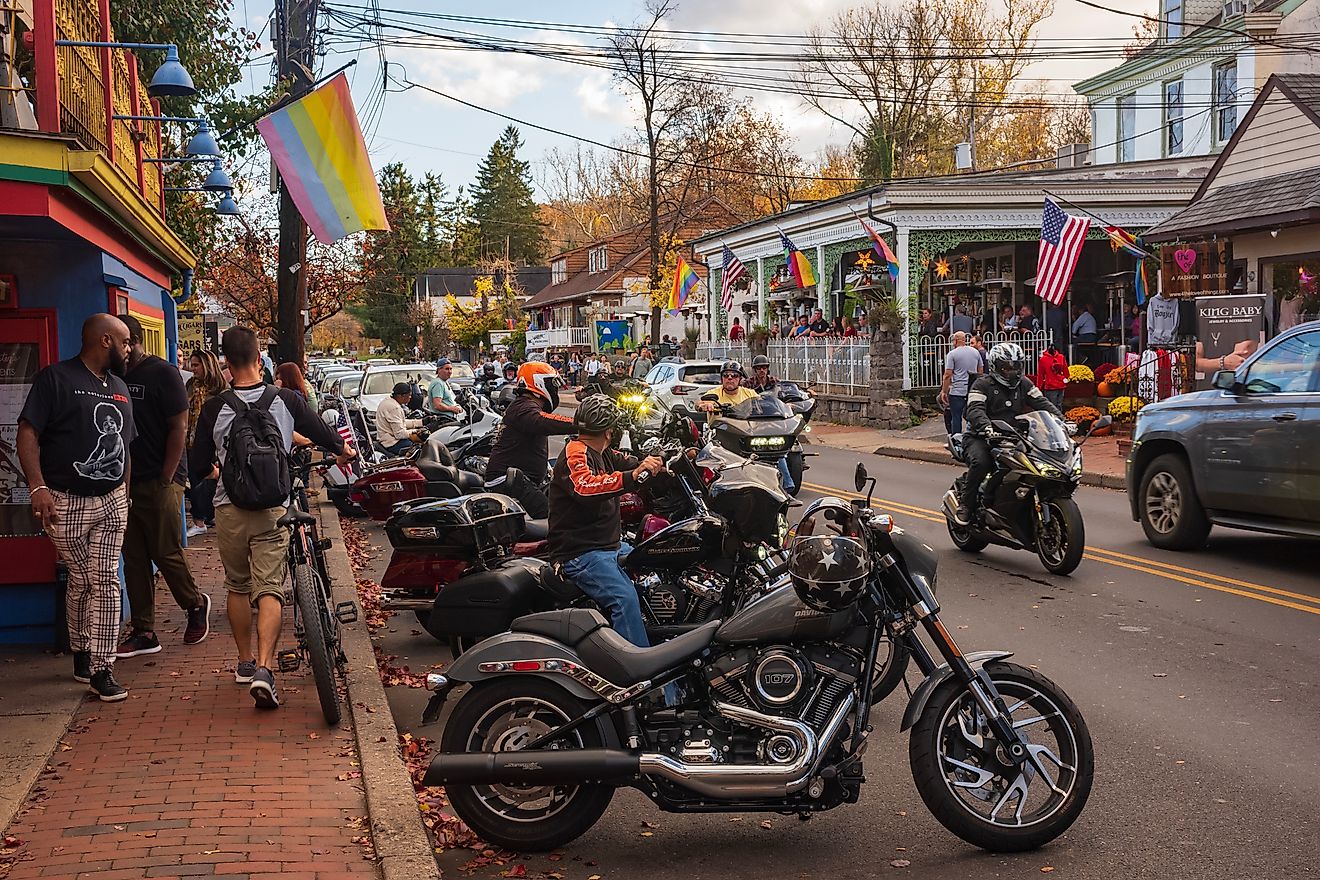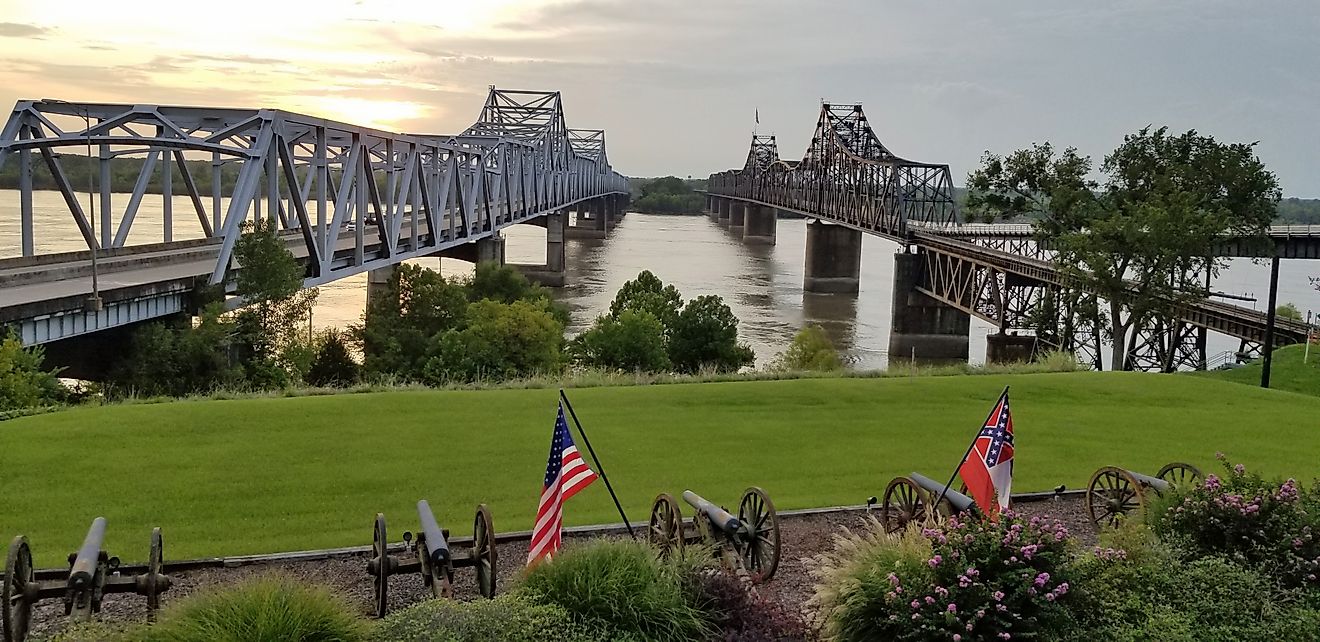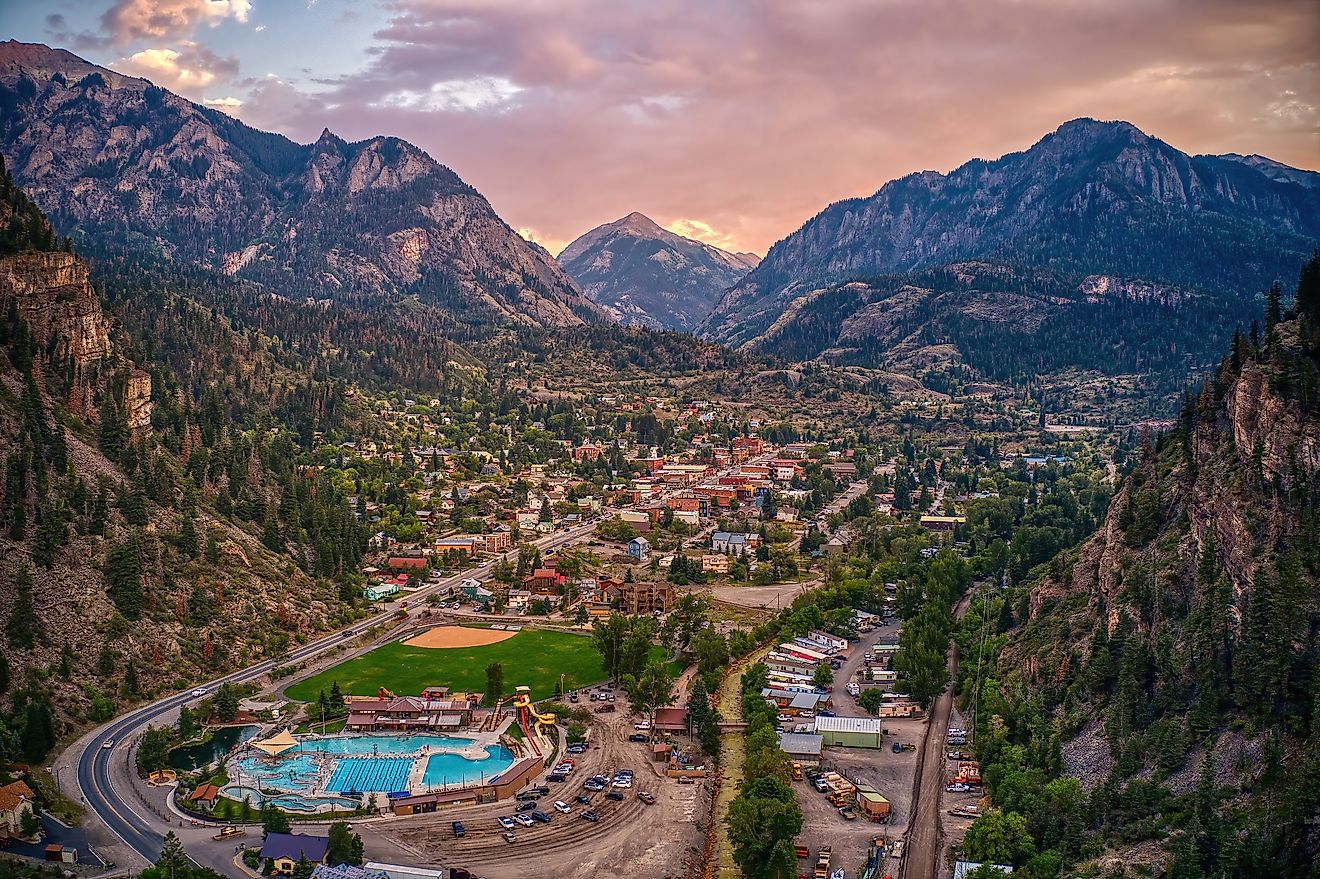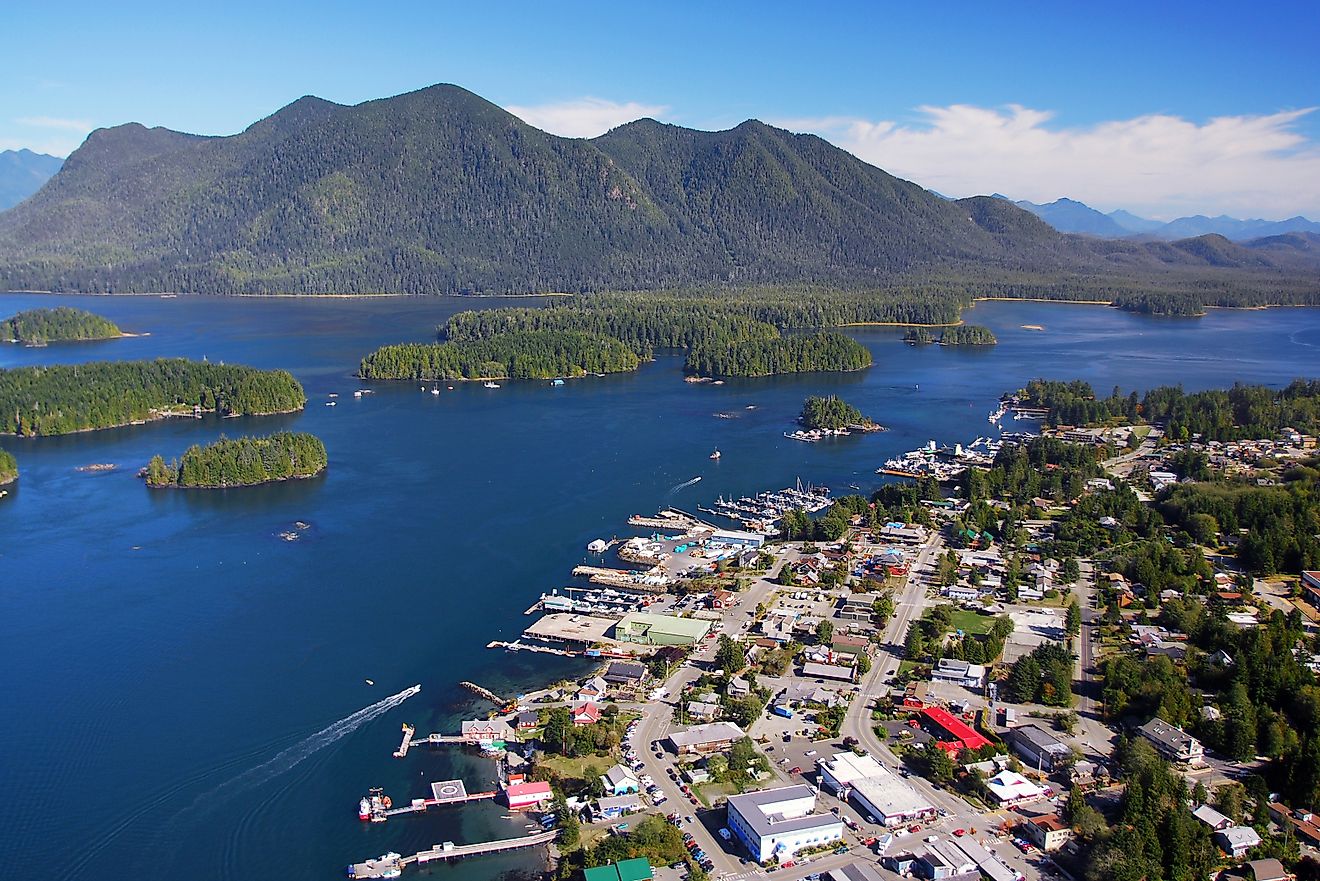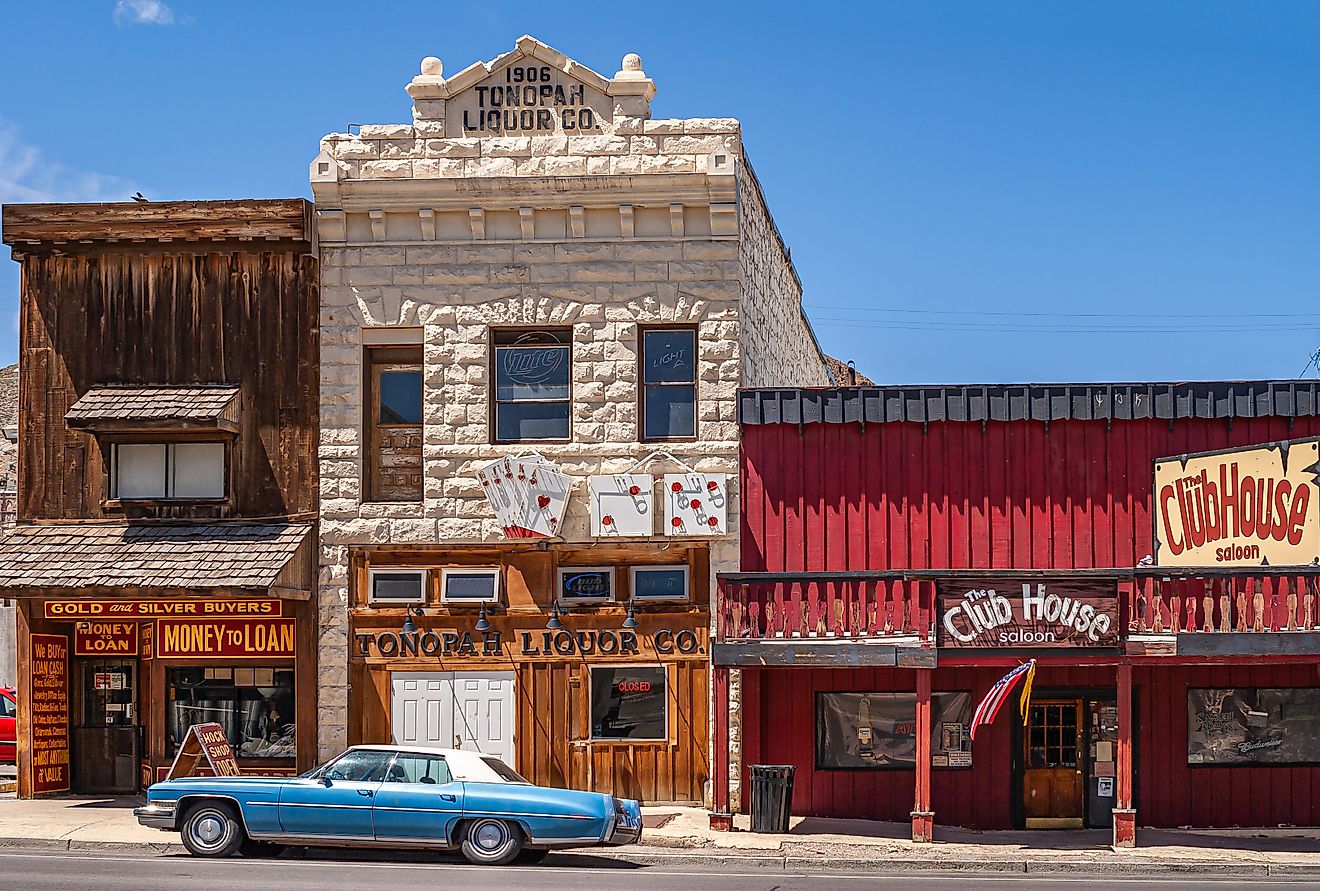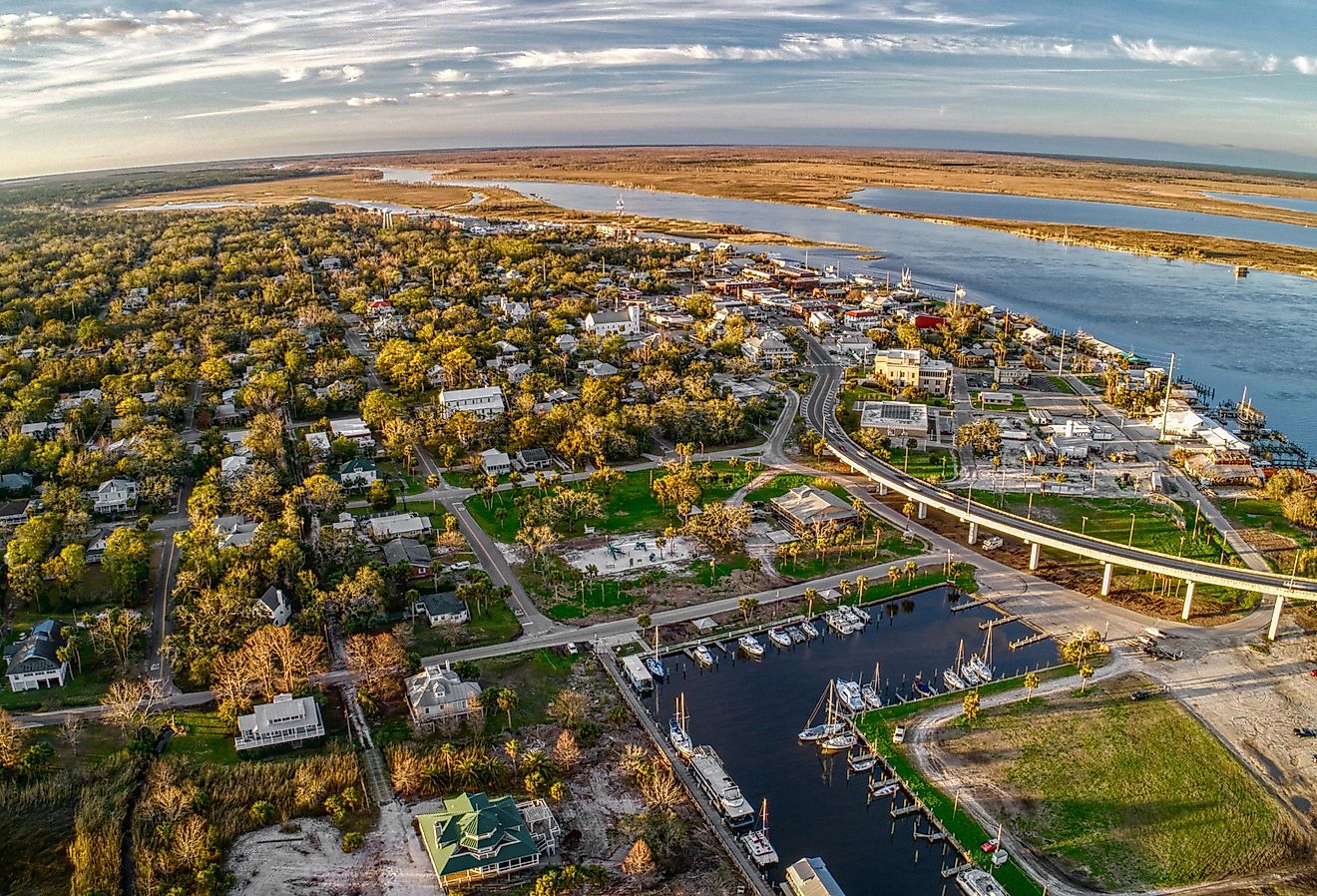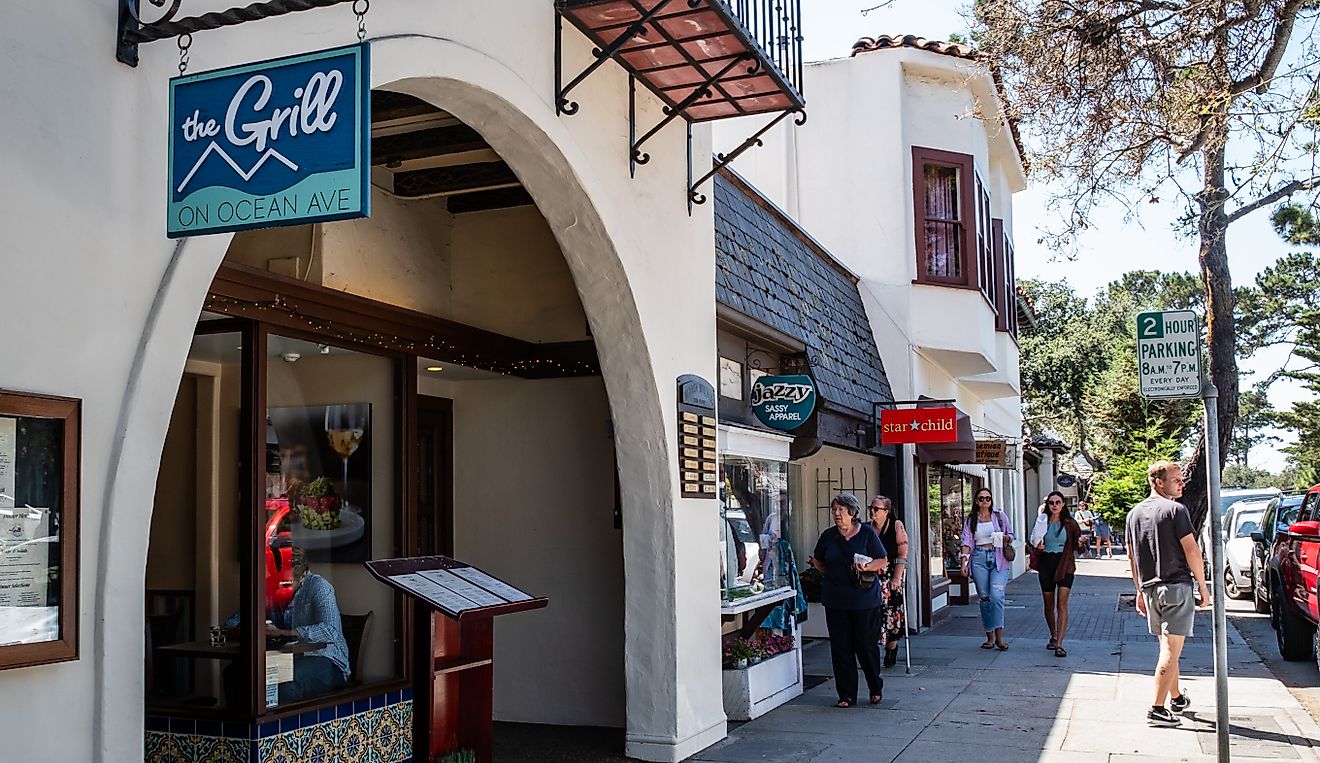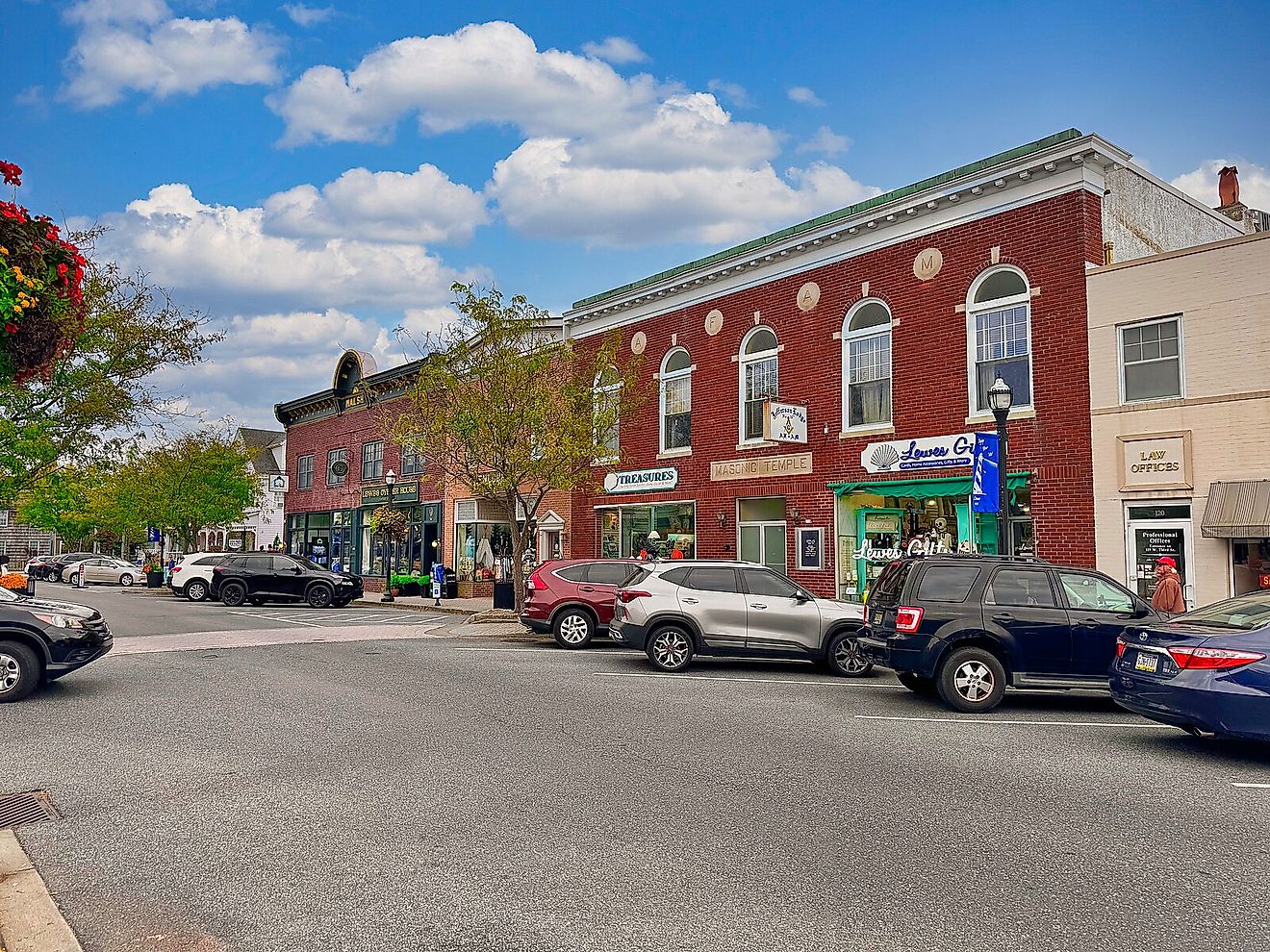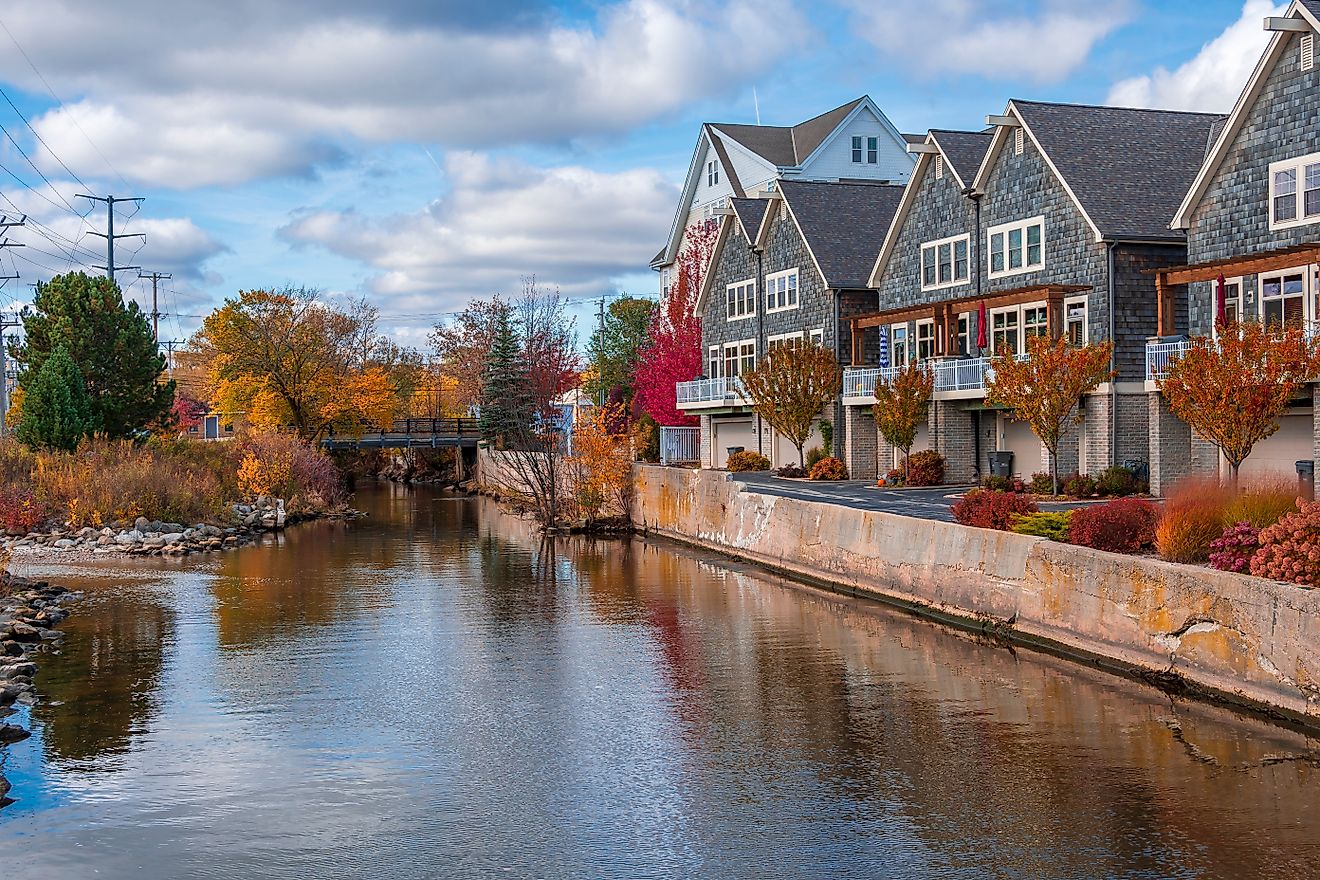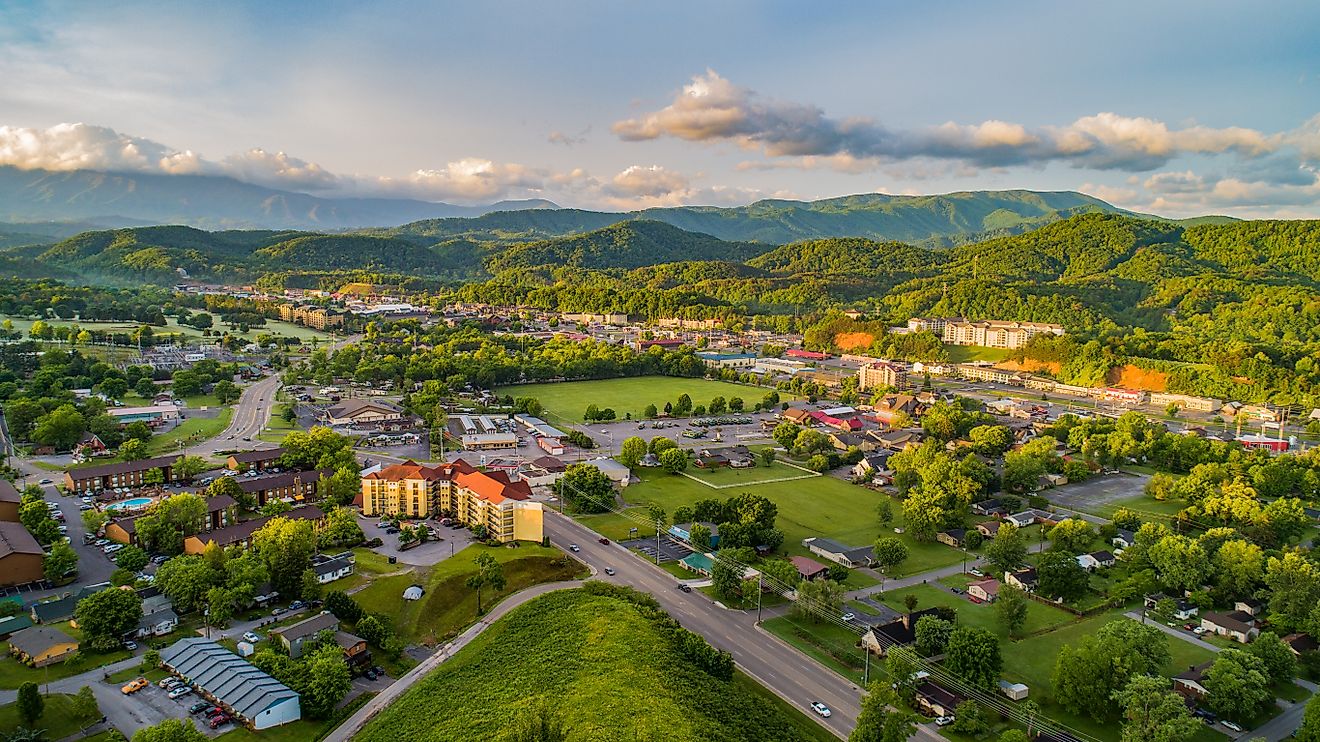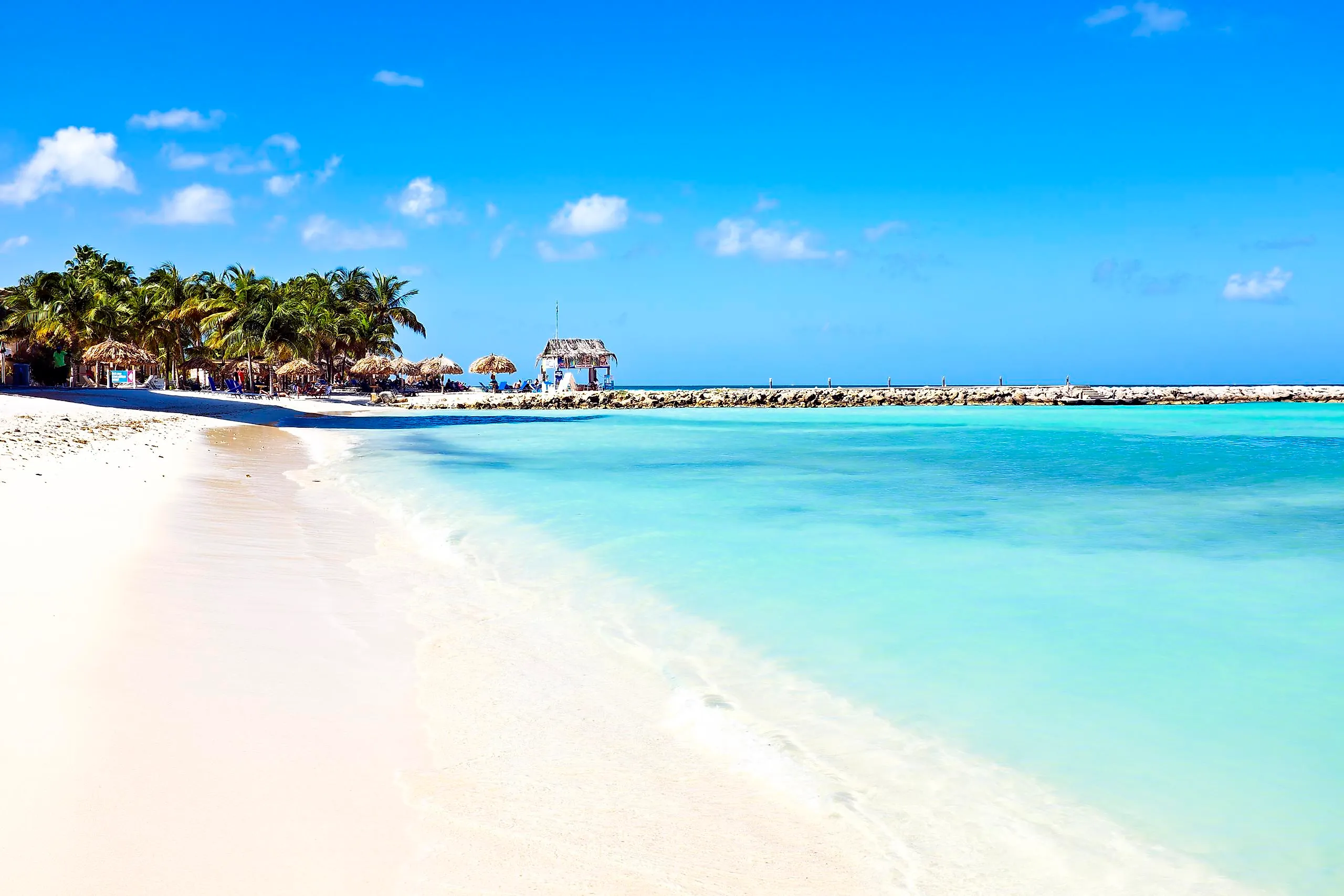
This Beautiful Desert Island Is Safe, Eco-Friendly, And In The Caribbean
Just 18 miles off the coast of Venezuela, there’s an island that breaks every Caribbean stereotype. Instead of lush vegetation, you'll find lonely divi-divi trees bent by the trade winds. Instead of palm trees, towering cacti dominate the landscape. Instead of fenced-off resorts and a wary populace, you’ll find one of the safest places to visit anywhere on the planet.
That island? Aruba. Occupying just 69 square miles of real estate in the Southern Caribbean Sea and dubbed “One Happy Island” for its welcoming people, this former Dutch colony has evolved from a sleepy outpost into the Caribbean's most progressive travel destination.
Aruba's Evolution
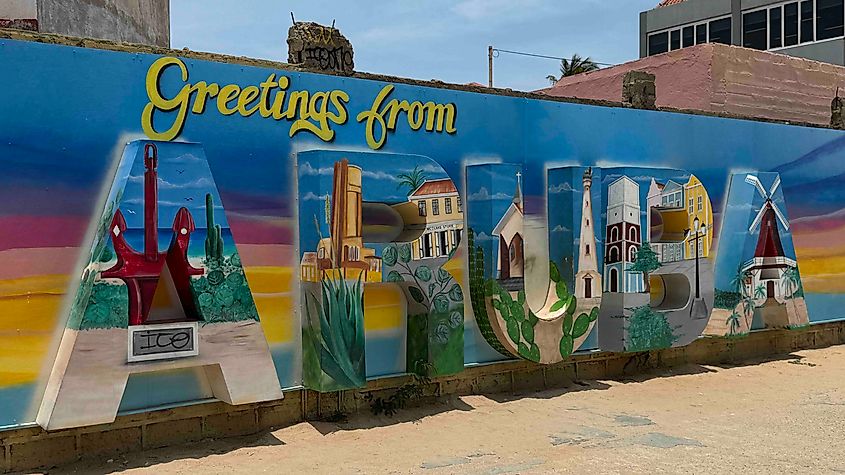
Aruba’s history stretches back long before its tourist boom. The Spanish claimed the island in 1499, dismissing it as "isla inútil" (the useless island) because of its arid landscape and lack of natural resources. They couldn't have been more wrong.
Under Dutch rule since 1636, Aruba became the world's largest aloe exporter by 1900, with two-thirds of the island at the time being covered in the medicinal succulent. Fast forward a few decades and aloe gave way to oil processing, with the Lago Oil rapidly becoming the world's largest refinery. At its peak, the facility in the Aruban town of San Nicolas employed over 8,000 workers, but when Lago closed in 1985, unemployment hit a whopping 40 percent.
Given the island’s superb beaches (Eagle Beach is consistently ranked as one of the best in the world) and its year-round warm weather, the economic solution was a no-brainer: tourism. With a population of 108,000 friendly, cultured, and educated citizens, Aruba now welcomes 1.2 million visitors annually for the sun, sand, sea… and safe, hassle-free vacations.
The Caribbean’s Desert Island

If you knew nothing about Aruba before you arrived, you’d be in for a surprise. With just 15 inches of rain annually, its landscape is more Arizona than Antigua. Yes, like most other Caribbean destinations, its waters are turquoise and its sands are super soft. But venture away from your resort (which you should do at least once or twice), and it’s impossible to miss the fact that the island’s unique among its peers.
Those palm trees you see at your resort? All are imported, with cacti being by far the most common form of vegetation once you head inland. That near-constant breeze? It’s the result of strong trade winds that blow across the island. But they’re refreshing breezes, making the consistent, year-round 82°F temperatures a lot more manageable.
Even the wildlife is different. You’ll see native green iguanas sunning themselves on limestone outcroppings. Native species of crabs (both land-based and ocean-based) are plentiful, and sea turtles are thriving. But so, too, are pythons, an invasive species making a nuisance of itself and threatening native species like the Aruba Island Rattlesnake.
Arikok National Park
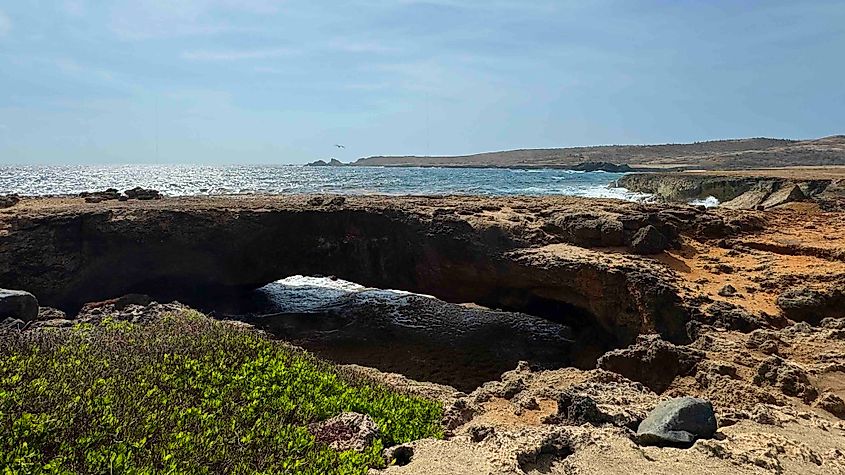
While most resorts are located along the island’s sandy western shoreline, Aruba’s northeastern coast boasts scenery every inch as dramatic as California’s Big Sur. At Arikok National Park, which covers nearly 20 percent of Aruba, you’ll want to visit the Natural Pool, or "Conchi."
A 30-minute ride in an open-top Jeep 4x4 (I recommend De Palm Tours), it’s worth the bumpy ride through the lunar-like landscape of black volcanic rock and white coral formations. This circular depression creates a relatively calm and unique swimming hole where Atlantic rollers crash against the protective barrier just feet away.
Further south, the Natural Bridge, once Aruba's most photographed landmark at 100 feet long and 25 feet high, collapsed in 2005. But Baby Natural Bridge nearby still spans the churning waters and is well worth a visit.
Desert Dwellers and Wildlife
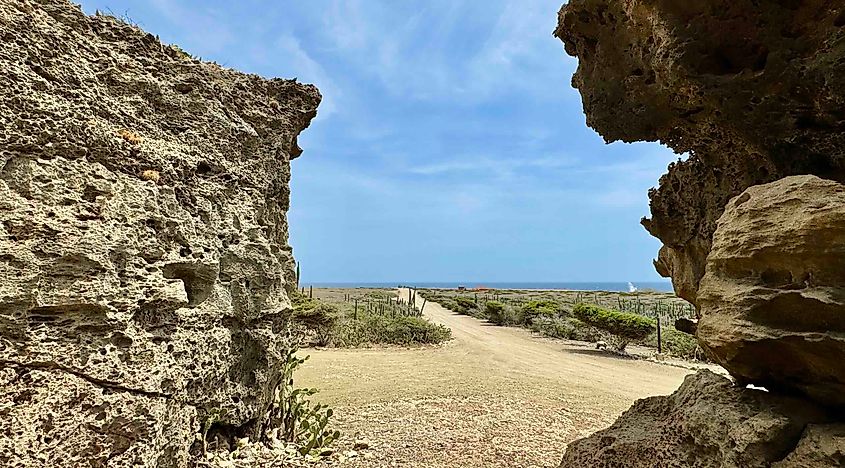
At Boca Prins, dunes spill into the sea, creating a fascinating landscape interspersed with the island’s ubiquitous black rock. Sea turtles somehow navigate this chaos to nest at Dos Playa, where park rangers protect clutches of leatherback and loggerhead eggs from April through September.
The Fontein Cave is another national park must-visit and features fascinating ancient Arawak Indian pictographs. Believed to be up to 3,500 years old, these red and brown drawings of fish, turtles, and human figures are still easy to see on the limestone walls, along with graffiti from the 1800s.
The caves are also wonderfully cool, providing a pleasant respite from the sun. Thousands of nectar-feeding bats roost in the cave's chambers, their guano (ok, poop!) supporting a unique ecosystem of blind cave shrimp in underground pools.
Aruba’s Sustainability Efforts
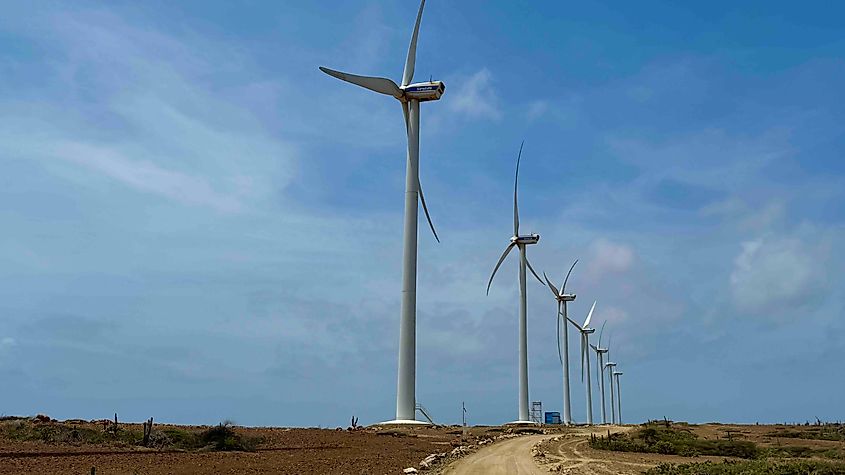
While its goal is to one day get all of its electricity from renewable sources, Aruba currently generates 15 percent of its needs through projects like Windpark Vader Piet. Located on the rugged (and windy) eastern coast, these ten 295-foot-tall wind turbines produce 142 gigawatt-hours annually; that’s enough to power 15,000 homes year-round. The program has been deemed so successful that the company plans to triple output by adding more efficient turbines that can withstand the corrosive salt spray.
Solar energy is also a thing in Aruba. The 5.9-megawatt Sunrise Solar Park at Lago Heights in San Nicolas is now operating with some 17,000 panels spread across 20 acres of the former oil refinery site. In addition to generating electricity, its ice-storage air conditioning systems freeze water at night when electricity demand drops, using the ice to cool buildings during peak daytime hours. Smart.
Aruba's innovative water production system is another feather in the island’s sustainability cap. With little rainfall, the island is devoid of natural water sources, so it has adopted advanced desalination technologies that collect seawater, which is then filtered to reduce salinity levels. The end product is not only safe but is some of the best drinking water you’ll ever taste in the Caribbean.
Aruba’s Eco-conscious Tourism Industry
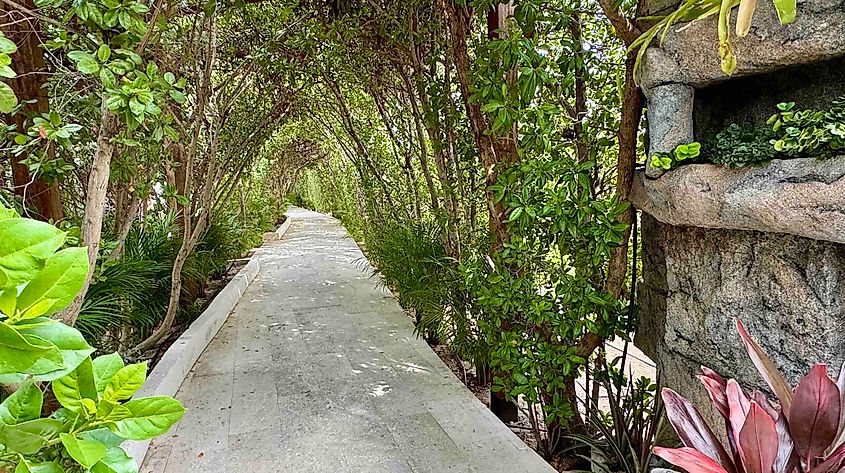
Aruba’s tourism industry has also gotten into the eco-friendly act. I opted to stay at The Radisson Blu Aruba not just because it promised quiet luxury near Palm Beach, but because this new 4-star hotel takes sustainability very seriously.
The island's first LEED-certified hotel, Aruba’s Radisson Blu opened in 2022 and features many firsts aimed at easing the country’s environmental burden. LED lighting is featured throughout, and air conditioning condensation is captured for irrigation. Stroll through the lush grounds, and you’ll forget you’re on a desert island, as native plants like buttonwood and sea grape, which require no watering, are abundant.
Other resorts have gotten into the act, too. Bucati & Tara Beach Resort in Oranjestad, Aruba’s capital city, has achieved carbon neutrality, a Caribbean first, by purchasing credits from Windpark Vader Piet to offset emissions.
A Safe Place to Visit
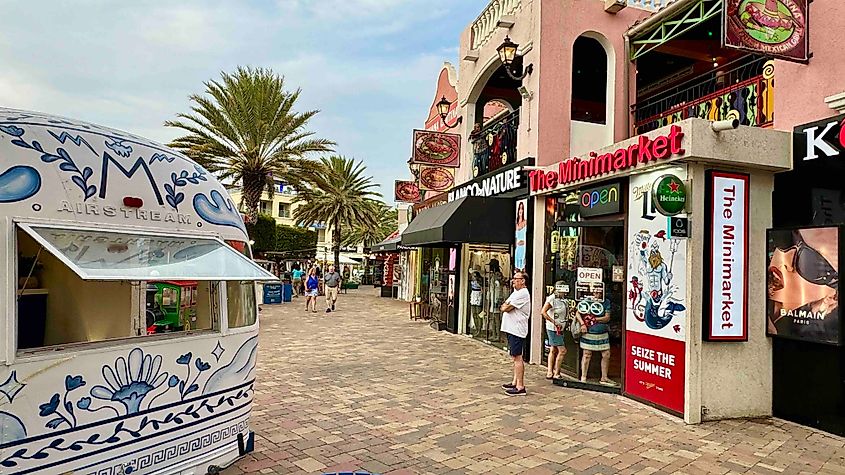
When it comes to safety for residents and tourists, the stats don’t lie. Crime rates in Aruba are lower than in most American cities and considerably lower than in most Caribbean islands. The U.S. State Department gives the island its Level 1 rating, advising only normal precautions, the same classification as well-known safe places to visit like Singapore.
Visit Aruba’s Palm Beach entertainment district, and you can see for yourself just how safe the “One Happy Island” really is. Centered along bustling J.E. Irausquin Blvd., I ventured along this party zone at all hours of the day and night, as did some of the other people at my party. The verdict? Girl or guy, nobody felt any concern for their safety, even when venturing out on their own at night.
Geography provides another component to Aruba’s reputation as a safe place to visit. Sitting safely below the hurricane belt, even 2004’s devastating Hurricane Ivan passed many miles north in 2004, causing nothing more than high surf and more than normal rainfall. Heck, even the sharks stay away thanks to the barrier reefs and shallow waters around the beaches. Concerned about medical care? Don’t be. Medical facilities here are equipped for everything from heart surgery to hyperbaric treatment for diving accidents. And if you’re an Aruban, it’s all, of course, free.
Friendly, Cultured, and Educated
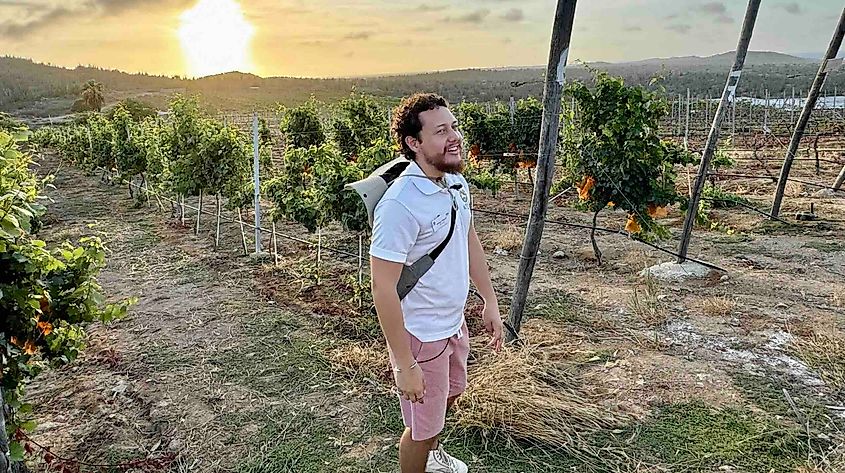
Walk into any Aruban bar or restaurant (most are frequented by locals as well as tourists), and you'll hear people chatting in English, Spanish, Dutch, and Papiamento, the local dialect, often in the same sentence. While the last two are this island nation’s official languages, the vast majority of residents speak all four languages fluently, a fact that bears testament to Aruba’s education system, which is responsible for Aruba having the Caribbean's highest literacy rate of 97.5 percent.
While Dutch remains the language of instruction at the University of Aruba, English begins in fourth grade, Spanish in fifth, while Papiamento, the Creole mother tongue (a blend of Portuguese, Spanish, Dutch, and West African) binds it all together. Arubans are granted Dutch citizenship at birth, too, opening up a whole world of opportunity with access to the European Union for travel, education, and work.
It’s also an island that lives and works together as one big happy community. Here, there are no gated compounds, no crime waves, and no civil unrest. Yup, Aruba truly is the world’s safest, smartest, and happiest of desert islands.
The Bottom Line
However you look at it, Aruba seems to have defied the odds. Despite being a desert island, it has engineered a remarkable transformation that's simultaneously exotic yet sustainable. Add to this the fact that Aruba boasts low crime rates, stable and consistently warm weather, as well as locals who treat visitors as guests rather than walking ATMs, and this unique desert island in the Caribbean should feature in your travel plans. Just remember to pack sunscreen.
